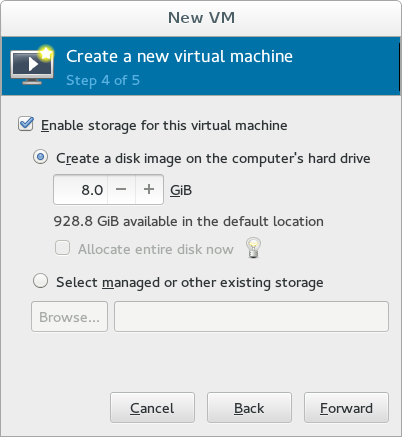Originally posted by Unklejoe
View Post
Now, you can ask "how am I supposed to know that virtualization on Linux is KVM?" and I'll answer you "how am I supposed to know that to virtualize something I need to use Virtualbox" (and not VMWare, for example, that is better and actually an industry standard).
Also, are you assuming people instinctively know how to use Virtualbox? Because everyone started reading a tutorial, even Virtualbox. Virtualization is an advanced concept, the average consumer does not grasp it without some explanations. What is a CPU/GPU and such, why you need more or less cores or RAM or whatever.
You are the one taking for granted the amount of knowledge you have here.


Comment